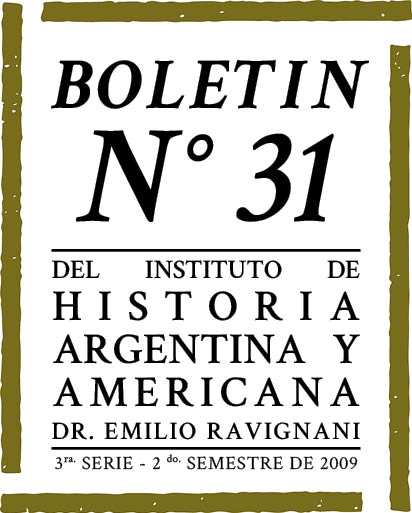Los conservadores bonaerenses y la reforma de la ley electoral provincial (1910-1913)
Abstract
This article analyzes the political conflicts and tensions arising from the promulgation of the 1913 Buenos Aires electoral law reform. The main hypothesis supports that the democratic policy fostered during Roque Sáenz Peña’s presidency redefined the guidelines of the internal struggle within the ruling Conservative Party of the Buenos Aires Province, thus inducing its different fractions to link their private interests to the new institutional context. As a result, far from offering a Block response or announcing themselves in favour of, or against,democratization, Buenos Aires conservatives generated between 1910 and 1913 a series of ‘reforming’ initiatives, which reflected their own internal divisions. In this sense, the direction of the electoral law issued in 1913 implied not only a response to the reforming demands of the era, but also a commitment arising from the solution to the tension built up in the preceding years.Downloads
Copyright (c) 2009 Boletín del Instituto de Historia Argentina y Americana Dr. Emilio Ravignani

This work is licensed under a Creative Commons Attribution-NonCommercial 4.0 International License.
The copyright is transferred to the Boletín, but the authors may retrieve them and reproduce their work in other media or formats by means of a written request to the Editorial Committee. In such cases, the Boletín will be cited as the first publication of the work.
The works are licensed under a Creative Commons Attribution-NonCommercial 4.0 International License, which allows others to share the work with an acknowledgment of their authorship and initial publication in this journal.
Also, by written request to the Editorial Committee of the Boletín, the authors may separately establish additional agreements for the non-exclusive distribution of the version of the work published in this journal (for example, placing it in an institutional repository or publishing it in a book), with an acknowledgement of its initial publication here. No commercial uses are allowed.



















